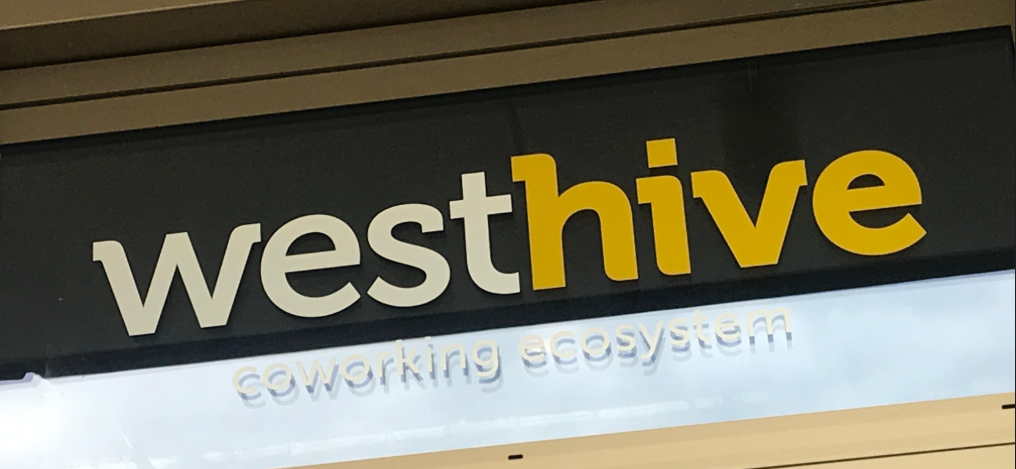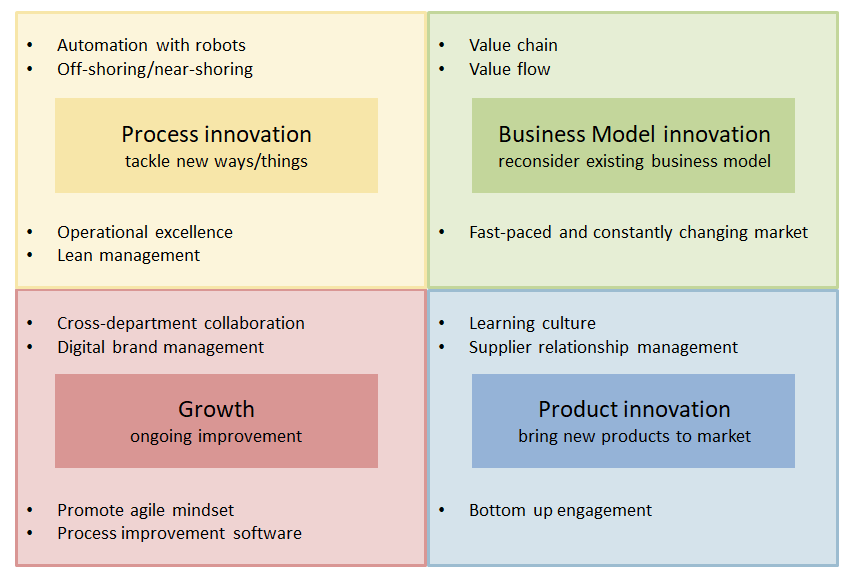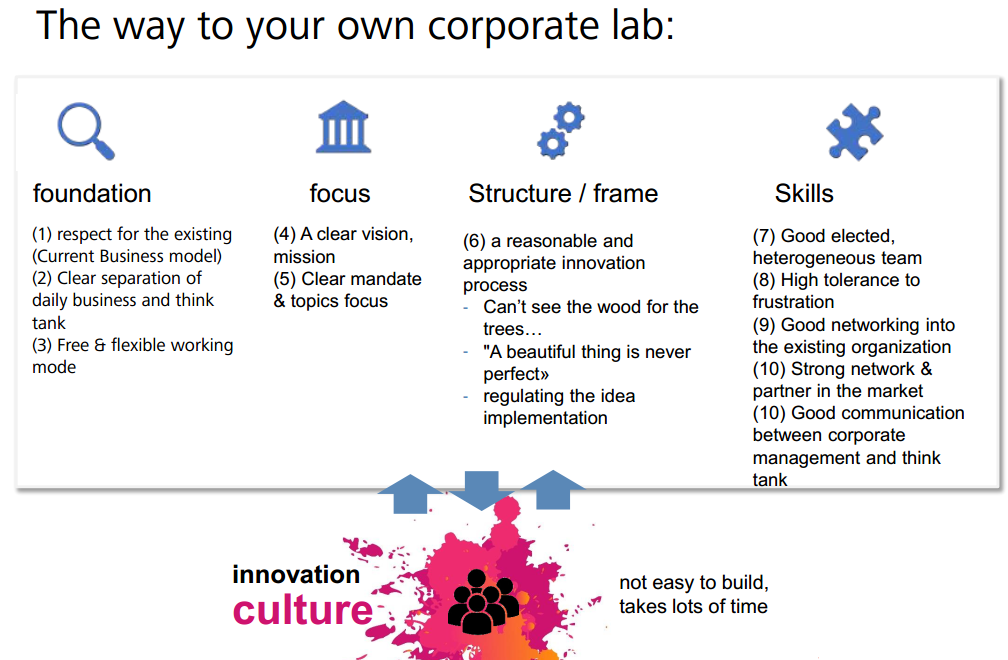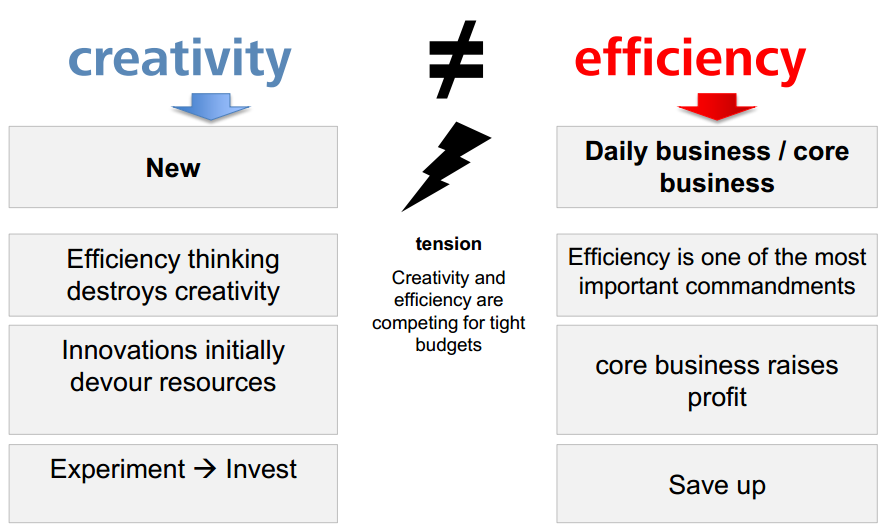Corporate Ecosystems and Innovation
Juni 27, 2019
How can we bring back the innovative spirit from Israel to our daily work? I for one am very curious to learn from Stefan about what they are doing with the RAI Lab in order to bring innovation to life in a corporate environment. We meet at Westhive, a coworking space in Zurich West where we will be sweating and working today.

What comes to our minds when we think of innovation? By now, we all have a lot to share: From green bananas to value creation, MVPs, progress and creating new things right up to the human element in it all. As manifold as our thoughts are also our expectations for Stefan’s session.
To think outside the famous box or even get rid of it is certainly not (always) easy. But it quickly brings us back to the human element: Humans innovate, robots don’t. So go, team human!
These days, the mandate at work is clear whether you work in a big corporation or in a small business: innovate, innovate, innovate – ideally for free and without having your daily job suffer of course.
Our starting point is not ideal though and can be summarized as follows:
When we look for innovation, we can focus on three different horizons:
We can further divide innovation into four types as shown on the chart below (adapted from Stefan Jeker‘s class):

It requires hybrid thinking in development curves: Optimizing the core of the current business model while already working on the new core. During the dual core phase, new markets can be acquired until the new core becomes the current one. Almost all businesses are in transition today, because “if you only gradually improve your performance in exponential times, you fall back exponentially.” Curt Carlson, CEO, SRI International
As business size often correlates with growing daily operations and increased complex bureaucracy, mainly young and largely free and flexible companies are capable of disruptive innovations (Poguntke, 2014). Within large corporations, think tanks provide the opportunity to innovate from inside. Think tanks and labs can have different shapes from temporary project teams to subsidiaries, to external laboratories or special departments within the organization. Crucial for their success is clarity in their vision and goal. If they start to work lacking these, the risk is high that outcome will be produced which at the end is unacceptable for the decision makers.
As the head of the RAI Lab, Stefan can share key insights to what’s needed when building a new corporate lab or think tank. The below overview was taken from his session and summarizes the needed steps:

A few points to be highlighted in order to be successful:
and last but certainly not least:
We all learn this morning that implementing a corporate lab is certainly not for wimps but the potential outcome encourages to fight through the resistance. It’s good to be prepared for what’s to come:

Today’s morning session comes to an end with a short focus on success factors:
Let’s start to ask ourselves more “why not?” rather than the usual “why?” and we will take the first step towards a more innovative culture.
Thank you Stefan for today’s session.
Unser Newsletter liefert dir brandaktuelle News, Insights aus unseren Studiengängen, inspirierende Tech- & Business-Events und spannende Job- und Projektausschreibungen, die die digitale Welt bewegen.